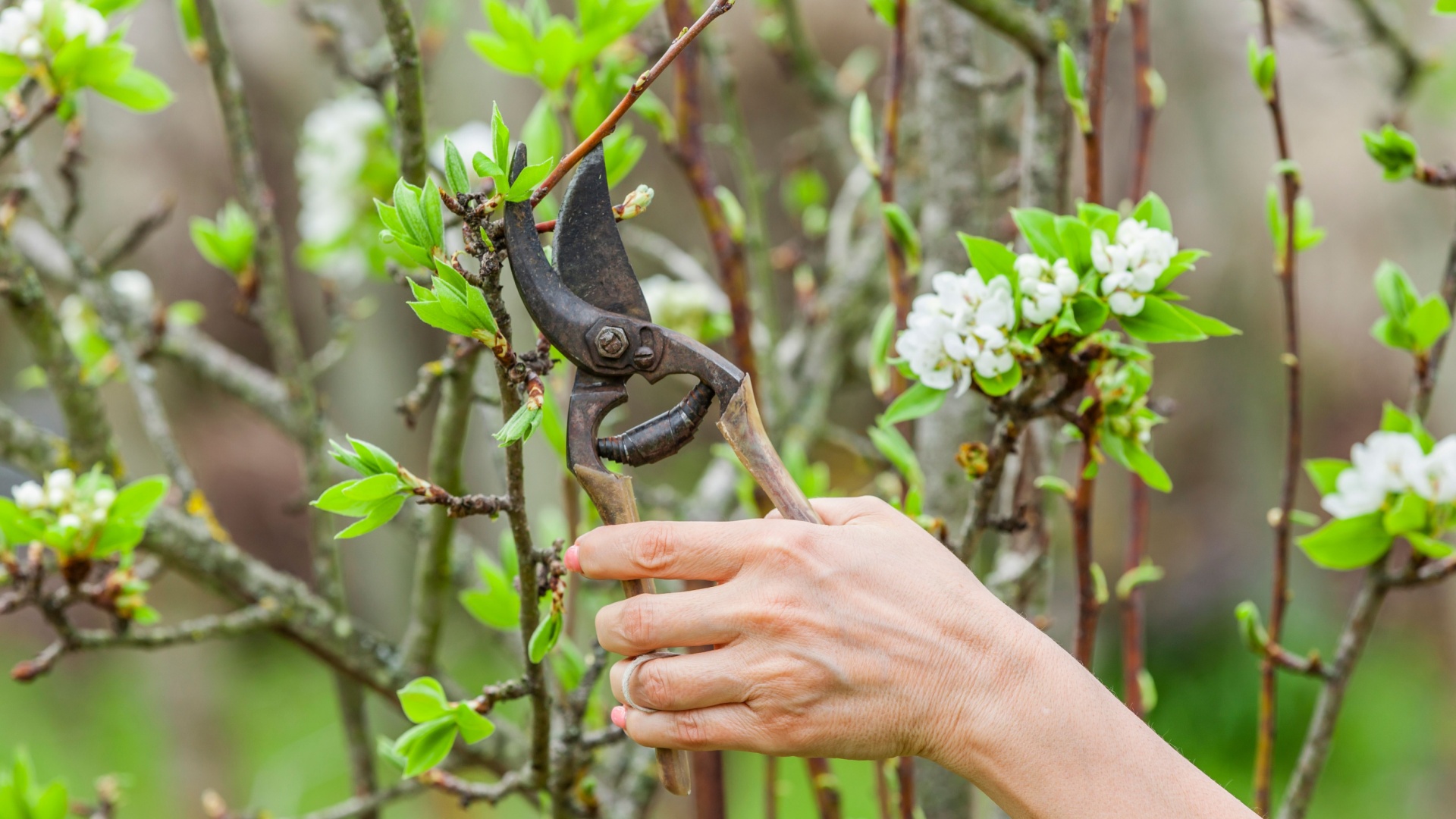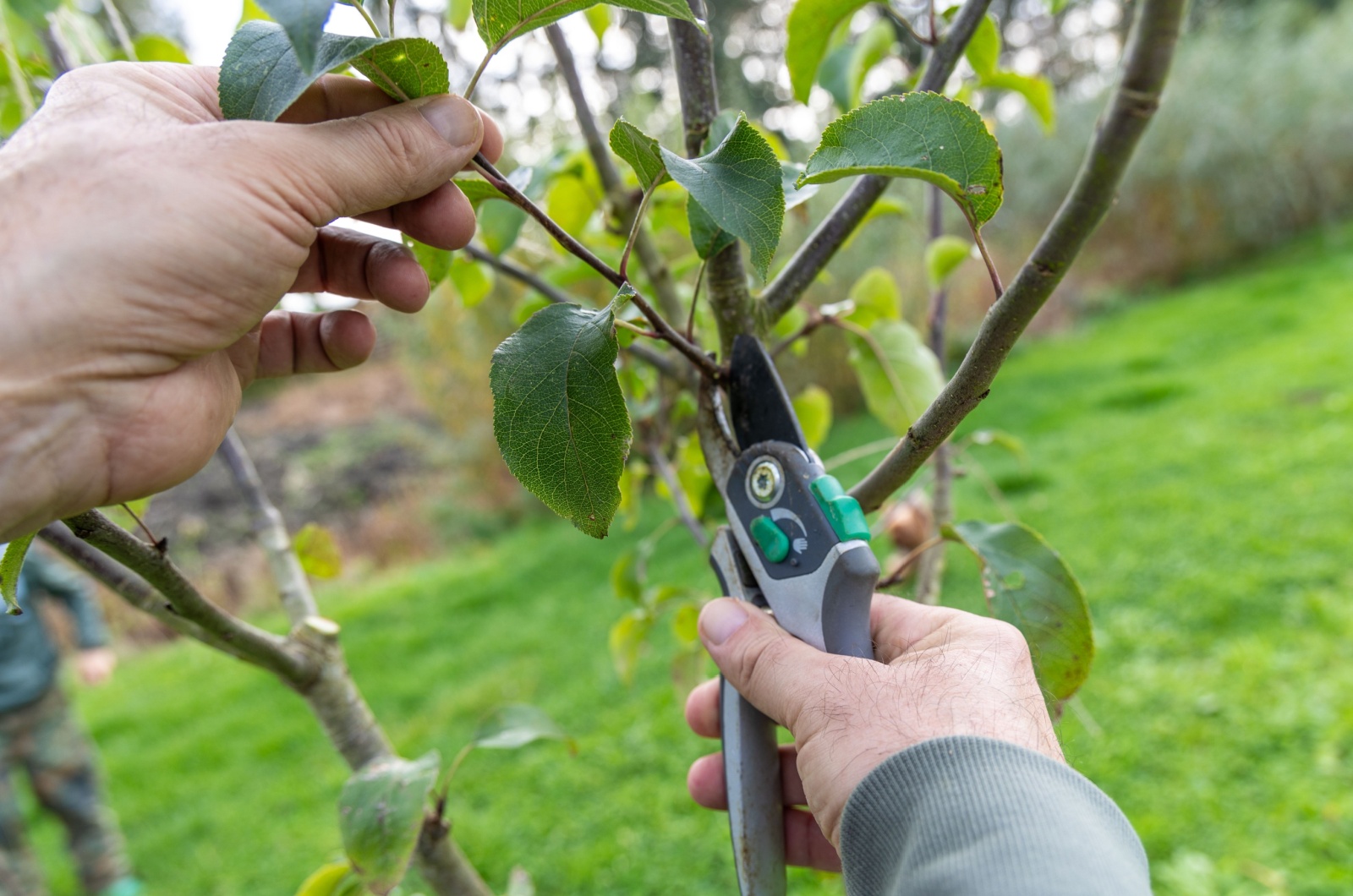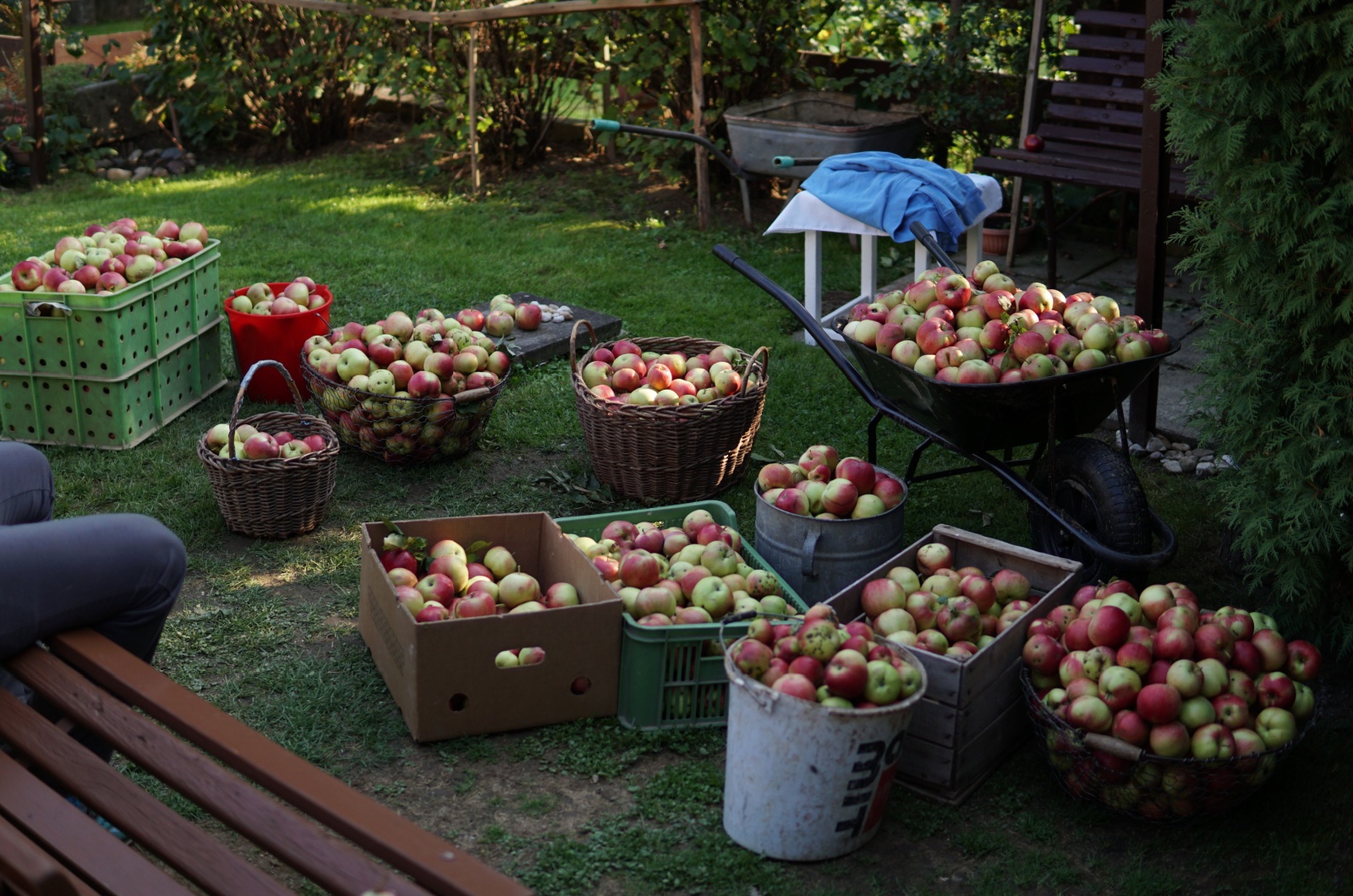Do you want to get more flavorful fruits from your trees? I know a way to achieve that! It’s all about which technique you use and when you trim them.
My backyard is also full of fruit trees, and there are at least three in each corner! I must admit that, in the beginning, I struggled a lot with pruning. Until I found out that I was trimming my trees the wrong way the whole time!
They can be really tricky, especially if you prune them when you’re not supposed to. There are even cases when trees do not produce any fruit at all! If you get the timing of pruning wrong, it can do more damage than good.
But if you trim them the right way at the right time, you’ll get even more delicious fruit! Now let’s see if you should get your loppers out or wait for another season.
Is It A Good Idea To Trim Your Fruit Trees This Fall?
In order to stimulate more growth you should trim your fruit trees. This will allow more sunlight to reach the trees and significantly improve air circulation!
You should trim your fruit trees when they are still dormant. This means pruning them in the fall isn’t a good option! There’s a big possibility that new growth will be damaged by frost in the winter.
The worst thing is the risk of diseases your trees might get. So, try to avoid trimming them in the fall, except when you spot damaged branches or leaves.
You might ask, what’s the best time to start pruning your fruit trees? Drumroll, please! You’ll need to do it two weeks after the late frost in early spring. Pruning during this season will be much easier, and the cuts will heal quickly!
A second option for pruning fruit trees would be during the late part of winter. Trimming in this season will promote new, bigger, and healthier growth of your fruits! Since you’ve learned when to do it, now it’s time for tricks on how to prune your fruit trees!
Tricks You Need To Use When Pruning Your Fruit Trees
The first step in the pruning process is to gather all the gardening tools you’ll need. For small branches, use hand pruners, for larger ones, use loppers. Make sure that all the tools are disinfected before and after you use them.
First, prune the suckers, which are thin shoots that grow near the base of the trunk. To do this correctly, you should not cut more than 20% of the tree’s branches to avoid stressing the tree too much.
Trim back branches by a third so the stems become thicker. Cut above a bit that is facing outwards. Lastly, thin out the fruit buds and make sure they are around 6 feet apart.
If you choose winter pruning, cut out broken branches and trim branches that are growing vertically. Thin out areas where branches are crowded to ensure sunlight and airflow to the fruit trees, which are crucial for growth.
These tips will help make your trimming experience smoother and easier!
Whether you’ve decided to prune your fruit trees in the spring or winter, with these tricks, you’ll be able to do all the work well! These methods for trimming my trees turned out to be everything I needed to make my trees thrive.
After I discovered the perfect time to do it, I haven’t had any complications! There was no trace of disease or damaged fruit. All that is left for you to do is keep taking care of the trees, prepare all the tools you’ll need, and wait for the right moment for pruning to come!
Good luck!



